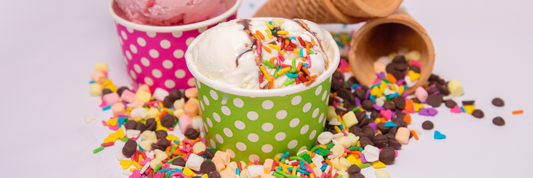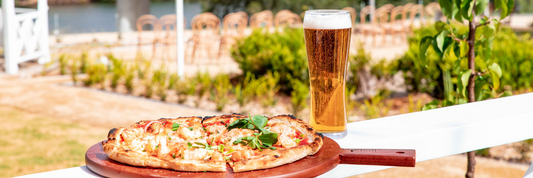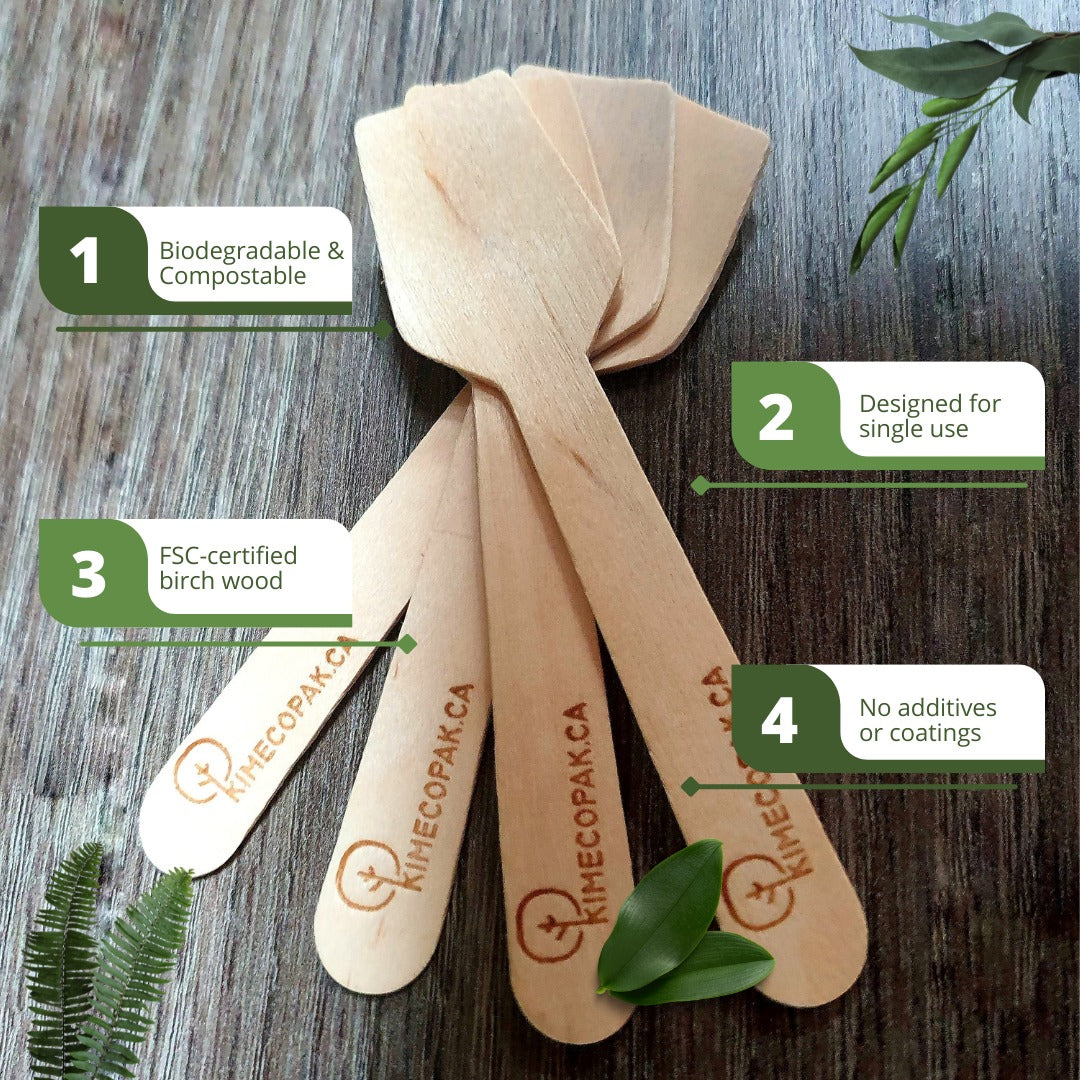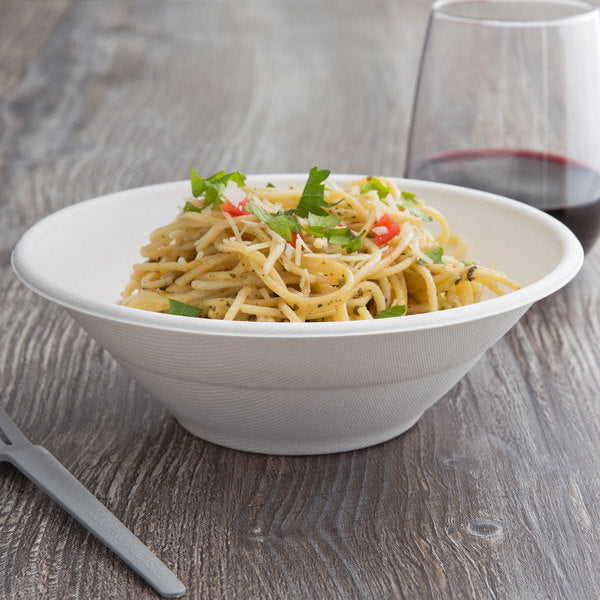Wine tasting is an art and science that allows you to appreciate the subtle nuances of a wine’s flavor, aroma, and texture. Whether you're a novice or a seasoned wine enthusiast, learning to taste wine systematically can deepen your understanding and elevate your enjoyment. This guide takes you through the essentials of wine tasting, from preparation to perfecting your sensory skills.
What is Wine Tasting?

Defining Wine Tasting: More Than Just Drinking
Wine tasting is fundamentally a sensory examination and evaluation of wine. It goes beyond simply drinking; it involves a deliberate and thoughtful process of engaging your senses – sight, smell, and taste – to understand and appreciate the nuances of a particular wine. Think of it like this: instead of just enjoying a glass of wine with dinner, you're actively trying to decipher its story, from the grape it was made from to the environment it grew in and the way it was crafted.
While people have likely been evaluating wine as long as they've been making it, a more structured approach to wine tasting has evolved over time, with formalized methodologies becoming more established from the 14th century onward. This evolution reflects a deeper understanding of wine and a desire to communicate its qualities in a more precise way.
Why Taste Wine? Benefits Beyond Enjoyment
Engaging in wine tasting offers a multitude of benefits that extend beyond mere enjoyment. Firstly, it plays a crucial role in developing your palate and sensory skills. Just like a musician trains their ear or an artist hones their eye, regularly tasting wine helps you become more attuned to subtle differences in flavors, aromas, and textures. You start to recognize notes you might have previously overlooked, expanding your sensory vocabulary.
Secondly, wine tasting is invaluable for understanding wine characteristics and quality. By systematically evaluating a wine, you can learn to identify its key components, such as acidity, tannins, and body, and how these elements contribute to its overall balance and quality. For instance, you might learn to distinguish between a light-bodied Pinot Noir and a full-bodied Cabernet Sauvignon.
Finally, and perhaps most importantly for many, wine tasting significantly enhances your appreciation for wine. The more you understand about what goes into a bottle of wine – the grape varietal, the winemaking techniques, the vintage – the more you can appreciate the craftsmanship and artistry involved. It transforms the act of drinking wine into a more enriching and engaging experience.
How Wine is Made – A Step-by-Step Guide to the Art of Winemaking
The Five S's of Wine Tasting: Your Step-by-Step Guide
See: Observing the Visual Aspects
The first step in wine tasting is to truly see the wine. Hold your glass by the stem, tilt it slightly against a white background, and observe. Note the clarity – is it bright and clear, or cloudy? Then, pay attention to the color. White wines can range from pale straw to deep gold, while red wines can vary from vibrant ruby to deep garnet or even brownish hues.
The intensity of the color can also provide clues about the wine's age and concentration. An interesting observation you might make is the presence of "legs" or "tears" – these are the droplets that cling to the side of the glass after you swirl it. These "legs" are an indicator of the wine's viscosity and alcohol content, a unique visual characteristic that can hint at the wine's body.
Swirl: Releasing the Aromas
Next comes the swirl. Gently rotate the wine in your glass. This action is crucial because it increases the surface area of the wine, allowing it to come into contact with more air.
Why is swirling important? Because this aeration helps to release the volatile aroma compounds in the wine, making them more accessible to your nose. Think of it like shaking a perfume bottle to release its fragrance. The proper way to swirl is to hold the glass firmly by the stem, either on a flat surface or in the air, and gently rotate your wrist in a circular motion.
Sniff: Exploring the Wine's Bouquet
Now, bring the glass to your nose and inhale deeply. This is where you begin to explore the wine's bouquet, or its complex set of aromas. Try to identify the different layers of scents. You might first notice primary aromas, which come from the grapes themselves, such as fruity, floral, or herbaceous notes.
Then, you might detect secondary aromas, which are developed during fermentation, like yeasty or buttery notes. Finally, tertiary aromas emerge as the wine ages, offering more complex notes like leather, spice, or earth. If you're finding it hard to pinpoint specific scents, consider using a wine aroma wheel. This visual guide categorizes different aromas, helping you to identify and articulate what you're smelling.
Sip: Engaging Your Sense of Taste
The moment of truth! Take a moderate sip of the wine and let it coat your entire palate. Pay attention to the initial impact – is it sweet, sour, bitter? As the wine moves around in your mouth, try to identify the different flavors that emerge. You'll also want to assess the wine's structure. Is it sweet? This indicates the residual sugar content.
How is the acidity? Does it make your mouth water? What about the tannins, especially in red wines? Do they create a drying or astringent sensation? Finally, consider the body – does the wine feel light, medium, or full on your palate? This comprehensive engagement of your taste buds provides a wealth of information about the wine.
Savor: The Lingering Finish
The final step is to savor the finish. After you swallow or spit out the wine, pay attention to the taste that lingers in your mouth. This is the finish, and it can tell you a lot about the wine's quality and complexity. A long and pleasant finish is often a sign of a well-made wine.
Try to judge the length of the finish – how long does the taste persist? Also, consider its complexity – are the flavors that linger the same as what you initially tasted, or do new nuances emerge? This final impression is a crucial part of the overall wine tasting experience.

Delving Deeper: Advanced Wine Tasting Techniques
Blind Tasting: Removing Bias for Objective Evaluation
For those looking to refine their wine tasting skills and eliminate potential biases, blind tasting is an invaluable technique. The fundamental purpose and methodology of blind tasting is to evaluate wine solely on its sensory merits, without any preconceived notions based on the label, bottle shape, price, or reputation of the producer.
In a blind tasting, wines are poured into identical glasses and presented without revealing their identity. This forces the taster to focus purely on the aroma, taste, and texture of the wine. An even more rigorous form involves using black wine glasses. This unique practice further removes visual cues, specifically the color of the wine, which can sometimes influence our expectations and perceptions.
For instance, knowing a wine is a deep red might lead you to anticipate bold flavors even before you've smelled or tasted it. Blind tasting provides a truly objective assessment and can be a humbling yet enlightening experience, revealing unexpected preferences and challenging assumptions.
Vertical vs. Horizontal Tasting: Comparing Different Dimensions
Once comfortable with the basics, exploring vertical and horizontal wine tastings can offer deeper insights into the world of wine. A vertical tasting focuses on a single wine from the same producer but across multiple vintages. By tasting different vintages of the same wine, you can truly appreciate how the weather conditions and other factors of a particular year impact the final product. It’s like experiencing the same vineyard through the lens of different seasons.
For example, you might taste three different vintages of a Cabernet Sauvignon from an affordable wine tasting tour in Napa Valley with transportation, noting how a warmer year might yield a richer, more concentrated wine compared to a cooler vintage. Conversely, a horizontal tasting involves sampling wines from the same vintage but from different producers within the same region or appellation. This type of tasting highlights the stylistic differences between winemakers and showcases the terroir, or the unique characteristics of a specific place, as expressed in the wines.
Imagine a horizontal tasting featuring several 2020 Chardonnay wines from different wineries in a specific sub-region; you'd likely notice a fascinating range of styles and interpretations of the same grape from the same year.
Wine Tasting Flights: A Comparative Approach
Another excellent way to enhance your understanding and appreciation of wine is through tasting flights. A wine tasting flight involves sampling a selection of multiple wines side-by-side, typically in smaller pours. The primary benefit of tasting multiple wines side-by-side is the opportunity for direct comparison. This allows you to more easily identify subtle differences and similarities in aroma, flavor, and structure between the wines.
For example, you might compare different white grape varietals like Sauvignon Blanc, Pinot Grigio, and Chardonnay to understand their distinct characteristics. Or, you could explore different styles of Pinot Noir from various regions. When organizing a successful wine tasting flight, consider a theme, such as "Italian Red Wines," "Wines from the Loire Valley," or even a comparison of different oak aging styles. It's generally recommended to serve the wines in a logical order, typically starting with lighter-bodied and drier wines before moving to fuller-bodied and sweeter ones.
Make sure to provide palate cleansers, such as plain crackers or water, between each wine to refresh your palate and ensure a more accurate evaluation. You might even consider hosting a private wine tasting event at home with friends, featuring a carefully curated flight of wines.
Essential Wine Tasting Terminology: Speaking the Language of Wine
Describing Aromas and Flavors
To truly appreciate and discuss wine, it's helpful to develop a vocabulary for describing what you smell and taste. This involves using specific descriptors that capture the essence of the sensory experience. When it comes to aromas and flavors, you'll often encounter terms related to different categories.
For fruit notes, you might detect hints of citrus like lemon or grapefruit in a Sauvignon Blanc, berries like raspberry or blackberry in a Pinot Noir, or stone fruits like peach or apricot in a Viognier. Floral notes can range from delicate aromas of rose or violet in a Gewürztraminer to the more pronounced scent of honeysuckle in a Riesling. Herbal notes might include grassy undertones in a Sauvignon Blanc, minty hints in a Cabernet Franc, or the distinct aroma of eucalyptus.
Finally, earthy notes can evoke the smell of mushroom, forest floor, or even a hint of minerality, adding complexity to wines like Pinot Noir or Syrah. Understanding the term "bouquet" is also crucial; it refers to the complex array of aromas that a wine develops as it ages in the bottle. Think of it as the evolved aromatic profile beyond the initial fruity notes. The "palate," on the other hand, encompasses the overall sensation of the wine in your mouth, including its flavors, texture, and structure. It's the complete picture of how the wine feels and tastes.
Understanding Wine Structure and Body
Beyond aromas and flavors, grasping the structural components of wine is essential for a comprehensive tasting experience. Wine structure refers to the fundamental elements that give a wine its shape, balance, and longevity. Acidity is a key component, providing a refreshing tartness or sourness that makes your mouth water. It's what gives a wine its vibrancy and keeps it from tasting flat. Tannins are naturally occurring compounds found in the skins, seeds, and stems of grapes, and they are particularly prominent in red wines.
Tannins create a drying or astringent sensation in your mouth, similar to the feeling of strong black tea. They contribute to the wine's structure and can indicate its aging potential. Sweetness refers to the residual sugar that remains in the wine after fermentation. Wines can range from bone dry (no noticeable sweetness) to very sweet (like dessert wines).
Finally, alcohol content, usually expressed as a percentage by volume, contributes to the wine's body and can impart a feeling of warmth as you swallow. The interplay of these elements contributes to the wine's body, which describes the weight and fullness of the wine on your palate.
You might hear wines described as light-bodied, like a Pinot Grigio that feels delicate and refreshing; medium-bodied, like a Merlot that has a bit more weight and complexity; or full-bodied, like a Cabernet Sauvignon that feels rich, weighty, and often has higher alcohol content. Recognizing these structural elements helps you understand the fundamental characteristics of a wine and appreciate its overall balance.

Hosting Your Own Wine Tasting: A Practical Guide
Choosing Your Wines: Selection Tips
When planning your own wine tasting, the selection of wines is paramount to creating an enjoyable and educational experience. Start by considering the theme of your tasting. Do you want to focus on wines from a specific region like Tuscany, explore the diverse world of Pinot Noir, or perhaps compare different styles of white wines? Having a theme helps to narrow down your choices and provides a cohesive structure for the tasting. Also, think about your target audience.
Are they seasoned wine enthusiasts or beginners just starting their journey? Tailor your selections to their experience level and preferences. For a more engaging tasting, aim for selecting a variety of styles and grape varietals. Include both red and white wines, or perhaps different expressions of the same grape. For instance, you could compare a crisp, unoaked Chardonnay with a richer, oaked version.
Setting the Scene: Creating the Right Ambiance
The environment in which you conduct your wine tasting can significantly impact the overall experience. Pay attention to optimal lighting, which ideally should be natural light to allow for accurate observation of the wine's color. Avoid harsh artificial lighting that can distort the appearance. Temperature is also crucial; while specific serving temperatures vary for different wines, a generally cool room temperature is suitable.
Ensure the wines are served at their recommended temperatures for the best flavor expression. A neutral background, such as a white tablecloth or surface, will help tasters better assess the wine's color and clarity. Equally important is providing the right tools. Ensure you have enough appropriate glassware for each wine you plan to serve. Ideally, use stemmed glasses with a bowl shape that allows for swirling and aroma concentration.
Don't forget to provide spittoons for those who wish to taste multiple wines responsibly without consuming excessive amounts of alcohol. This is particularly important if you are hosting a tasting with several different wines.
Preparing Palate Cleansers and Food Pairings
To ensure a clean and accurate evaluation of each wine, it's essential to offer palate cleansers. The role of palate cleansers is to neutralize your taste buds between sips, removing any lingering flavors from the previous wine. Simple and neutral options work best, such as plain crackers (unsalted are ideal), crusty bread, or even just water. Avoid anything too flavorful or acidic, as this can interfere with your ability to taste the subsequent wine.
While the focus of your tasting might be the wines themselves, offering some basic guidelines for food and wine pairing can enhance the experience. Consider providing simple snacks that complement the wines you've chosen. For instance, crisp white wines often pair well with seafood or light cheeses, while bolder red wines can stand up to richer dishes or charcuterie. Keep the food pairings relatively simple so they don't overpower the delicate nuances of the wines.
List of wine-producing regions
Wine and Food Pairing: A Beginner’s Guide to Elevate Your Dining Experience
Conclusion: Elevate Your Wine Experience Through Tasting
In conclusion, the journey of wine tasting is a rewarding one that moves beyond simply drinking to a deeper engagement with the sensory world of wine. By understanding the fundamentals, such as the Five S's – See, Swirl, Sniff, Sip, and Savor – and exploring advanced techniques like blind and vertical tastings, you can significantly enhance your ability to appreciate the nuances and complexities of different wines.
FAQ
What is the best way for a beginner to start learning about wine tasting?
Start with simple, unoaked wines; focus on the basic five S's (See, Swirl, Sniff, Sip, Savor); and do not be afraid to ask questions at wine tasting events or during wine tours near me.
Do I need expensive wine to practice wine tasting?
No, you can practice with affordable wines. The key is to focus on identifying different aromas and flavors. Exploring a range of best red wines or white wines at various price points can still be a valuable learning experience.
What is the purpose of spitting out the wine during a tasting?
It allows you to evaluate multiple wines without becoming intoxicated and helps to focus on the sensory experience, especially during longer tastings or when comparing several wines, such as during a private wine tasting event.
How can I improve my ability to identify different aromas and flavors in wine?
Practice regularly, pay attention to everyday smells and tastes, and use a wine aroma wheel as a guide to help you identify and categorize the scents you detect in the wine.







